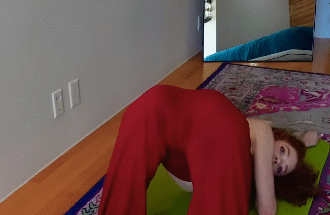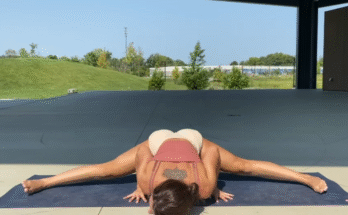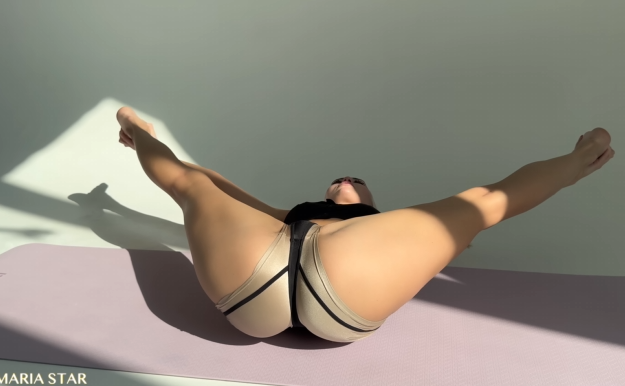
When it comes to overall mobility and athletic performance, few areas are as important as the hips. Your hips are the powerhouse of your body, playing a crucial role in walking, running, sitting, and nearly every functional movement. Unfortunately, modern lifestyles have led to an epidemic of tight hips. Hours of sitting at desks, driving cars, and lounging on sofas shorten the hip flexors and create imbalances that can lead to pain, stiffness, and even injuries. The solution? A focused deep stretch routine to improve hip flexibility.
In this guide, we’ll explore why hip flexibility matters, the common causes of hip tightness, and provide you with a step-by-step deep stretch routine to unlock your hips and restore balance to your body.
Why Hip Flexibility Matters
The hips are the connection point between your upper and lower body. They affect your posture, the way you move, and even how you breathe. When your hips are tight, you may experience:
- Lower back pain: Tight hip flexors pull the pelvis forward, creating an exaggerated arch in the lower spine.
- Knee discomfort: Restricted hip mobility forces other joints, like the knees, to compensate.
- Poor athletic performance: Sports like running, cycling, and weightlifting demand open and strong hips.
- Limited range of motion: Everyday activities like squatting or bending become harder when hips are stiff.
A regular deep stretch routine improves circulation, reduces injury risk, and makes movements fluid and pain-free.

What Causes Tight Hips?
The most common culprit is prolonged sitting. When you sit, your hip flexors (muscles at the front of your hips) stay shortened for hours. Other contributing factors include:
- Overtraining: Activities like cycling or running without proper stretching.
- Weak glutes: Inactive glute muscles force hips to overcompensate.
- Stress: Believe it or not, emotional tension often collects in the hips, which is why yoga calls them the “storage room for emotions.”
Benefits of Hip Flexibility Deep Stretching
- Improved posture – Looser hips reduce anterior pelvic tilt.
- Enhanced athletic ability – Stronger, more flexible hips mean better performance in running, yoga, or weightlifting.
- Pain relief – Alleviates discomfort in the lower back, hips, and knees.
- Better balance and stability – Essential for overall movement and preventing falls.
The Ultimate Hip Flexibility Deep Stretch Routine
Before you start, warm up with 3–5 minutes of light movement like jogging in place or dynamic leg swings. Then, move into the following stretches. Hold each for 30–90 seconds per side and repeat for 2–3 rounds.
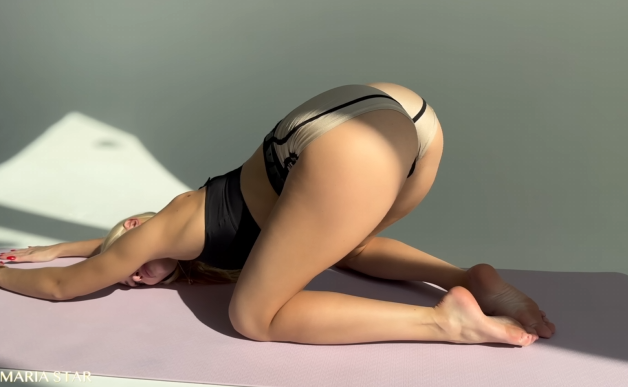
1. Low Lunge Stretch (Anjaneyasana)
Targets: Hip flexors, quadriceps
- Step your right foot forward into a lunge position.
- Drop your left knee to the floor, keeping your hips square.
- Press your hips forward gently while keeping your chest upright.
- For a deeper stretch, raise your arms overhead and slightly back.
Tip: Don’t let your front knee extend past your ankle. Engage your core for balance.
2. Pigeon Pose (Eka Pada Rajakapotasana)
Targets: External hip rotators, glutes
- From a plank position, bring your right knee forward and place it behind your hands.
- Extend your left leg straight back, keeping hips square.
- Fold forward over your front leg for a deeper stretch.
Modification: If this feels too intense, place a pillow under your hips for support.
3. 90/90 Hip Stretch
Targets: Hip rotators, glutes
- Sit on the floor with your front leg bent at 90 degrees and your back leg also at 90 degrees.
- Keep your torso upright and lean slightly forward over the front leg.
- To intensify, walk your hands forward or rotate your torso toward the front leg.
Why it’s great: This stretch hits multiple angles of hip rotation.
4. Butterfly Stretch
Targets: Inner thighs, hip adductors
- Sit on the floor, bring the soles of your feet together.
- Pull your heels toward your pelvis while keeping your back straight.
- Press your knees toward the floor gently with your elbows.
Bonus: Rock side to side for an added dynamic stretch.
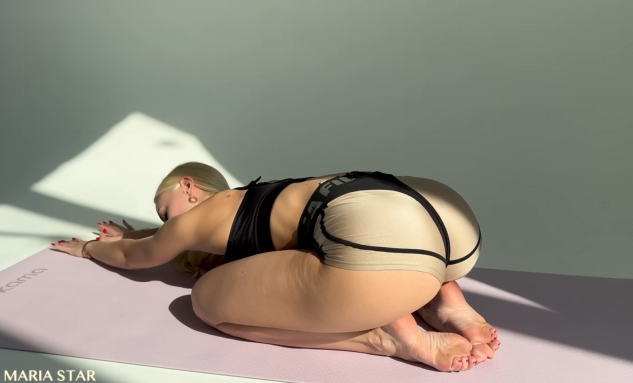
5. Frog Stretch
Targets: Inner thighs, groin, hip openers
- Start on all fours, spread your knees wide apart while keeping feet in line with knees.
- Lower your hips back toward your heels, maintaining a neutral spine.
- Hold or gently rock forward and backward.
Caution: Avoid arching your back excessively; move slowly.
6. Seated Forward Fold with Wide Legs (Upavistha Konasana)
Targets: Hamstrings, hip adductors
- Sit on the floor, spread your legs wide.
- Keep your toes pointing up and your back straight.
- Walk your hands forward slowly while hinging at the hips.
Advanced option: Rest your chest on a pillow or block to relax deeper.
Tips for Maximum Results
- Breathe deeply: Inhale to lengthen your spine, exhale to deepen the stretch.
- Go slow: Don’t force your body; let gravity and time do the work.
- Stay consistent: Aim for 10–15 minutes daily or 3–4 times per week.
- Add mobility drills: Combine static stretches with dynamic movements like hip circles.
Common Mistakes to Avoid
- Holding your breath: This creates tension and limits flexibility.
- Pushing too hard: Forcing a stretch can lead to muscle strain.
- Ignoring muscle engagement: Even in stretches, engage core and glutes to protect joints.
- Skipping warm-up: Cold muscles are more prone to injury.
Final Thoughts
Hip flexibility is more than just being able to sit cross-legged comfortably. It’s about improving your body’s foundation for movement, reducing pain, and enhancing your overall quality of life. By dedicating a few minutes each day to deep hip stretches, you’ll feel more open, balanced, and strong.
Remember: Progress takes time. Be patient with your body, listen to its signals, and celebrate small improvements along the way. Whether you’re an athlete, a yogi, or someone who sits at a desk all day, hip flexibility deep stretching is the key to unlocking your full potential.

